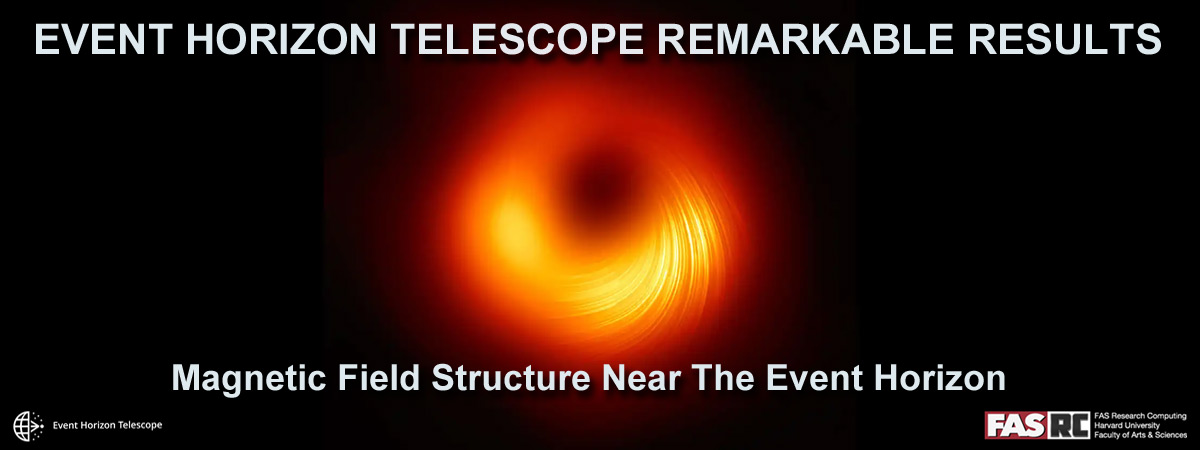Out of 2000+ active users on the cluster, 195 users participated in this survey. The survey covered demographics, cluster use, storage, support, training and documentation. If you would like to provide additional feedback, please use the following link: User Survey Comments User Demographics: The distribution of respondents was: Graduate Students (30%) Research Staff (16%) Faculty and PIs (19%) Postdocs (15%)…
News
Social Capital – The strength of our relationships and communities
In a new paper published in Nature, Raj Chetty's group unearths insights into social capital and how it shapes our nation and our people, both socially and economically. Visit The Social Capital Atlas: https://www.socialcapital.org/ Read the paper: Nature 608, pages108–121 (2022) Read the Harvard Gazette story: How Childhood Friendships Sway Economic Mobility
Sex chromosome transformation and the origin of a male-specific X chromosome in the creeping vole
Matthew B. Couger, Scott W. Roy, Noelle Anderson, Landen Gozashti, Stacy Pirro, Lindsay S. Millward, Michelle Kim, Duncan Kilburn, Kelvin J. Liu, Todd M. Wilson, Clinton W. Epps, Laurie Dizney, Luis A. Ruedas, Polly Campbell Mystery solved? Chromosomal sex determination arises when an autosomal locus acquires a sex-determining function. In some taxa, this process occurs often. The XY system in…
Event Horizon Telescope Maps Emissions From Black Hole
The Event Horizon Telescope Collaboration has published results showing how the project was able to map and create imagery of polarized emissions from material rotating within the magnetic field near the event horizon of the supermassive black hole in galaxy M87. Scientists from Harvard's Center for Astrophysics and Black Hole Initiative used the FASRC cluster for several parts of this projects'…
Deep rotating convection generates the polar hexagon on Saturn
Rakesh K. Yadav Jeremy Bloxham PNAS June 23, 2020 117 "The hexagonal flow pattern on Saturn is a striking example of turbulent self-organization. However, the mechanism of its formation and its depth remain unclear. There are two hypotheses: in one, the hexagon is shallow, extending to depths ranging from tens to hundreds of kilometers; in the other, it extends to thousands…
The Milky Way’s giant, wave-like collection of gas
Astronomers at Harvard University have discovered a monolithic, wave-shaped gaseous structure - the largest ever seen in our galaxy - made up of interconnected stellar nurseries. Dubbed the “Radcliffe Wave” in honor of the collaboration’s home base, the Radcliffe Institute for Advanced Study, the discovery transforms a 150-year-old vision of nearby stellar nurseries as an expanding ring into one featuring…
New scratchlfs02 online, see details
Dec 18, 2019 As most of you know, the scratchlfs system has exhibited performance issues and instability for some time. We're pleased to announce that a replacement system has been delivered, built, tested, benchmarked, and is ready for your use now at /n/scratchlfs02 . Along with regular monthly maintenance on January 13th, 2020 ( https://www.rc.fas.harvard.edu/monthly-maintenance ), some changes…
Harvard/Yale meetup at MGHPCC
by Maggie McFee - Nov. 13, 2019 While attending the PEARC conference, Maggie and Austin ran into some of our Yale Research Computing counterparts: Kaylea, Robert, and Ben. While there's an intense sports rivalry between the two schools, this wasn't the case with our RC departments. We really hit it off well and we talked about our similarities, differences,…
Convergent regulatory evolution & loss of flight in paleognathous birds
The Evolution of Flightless Birds: Study explores the genetics behind how they developed "Since Darwin’s era, scientists have wondered how flightless birds like emus, ostriches, kiwis, cassowaries, and others are related, and for decades the assumption was that they must all share a common ancestor who abandoned the skies for a more grounded life. By the early 2000s, new…
FASRC Cluster Refresh 2019
As of the November 2019 rankings, Cannon has ranked #144 on the Top500 list! For current cluster details, please see: https://www.rc.fas.harvard.edu/about/cluster-architecture/ For current partition configurations and changes, please see the Running Jobs page The lease on the Odyssey compute cluster comes to an end this year, and a hardware refresh of the cluster will occur in September. Current ETA for…














You must be logged in to post a comment.